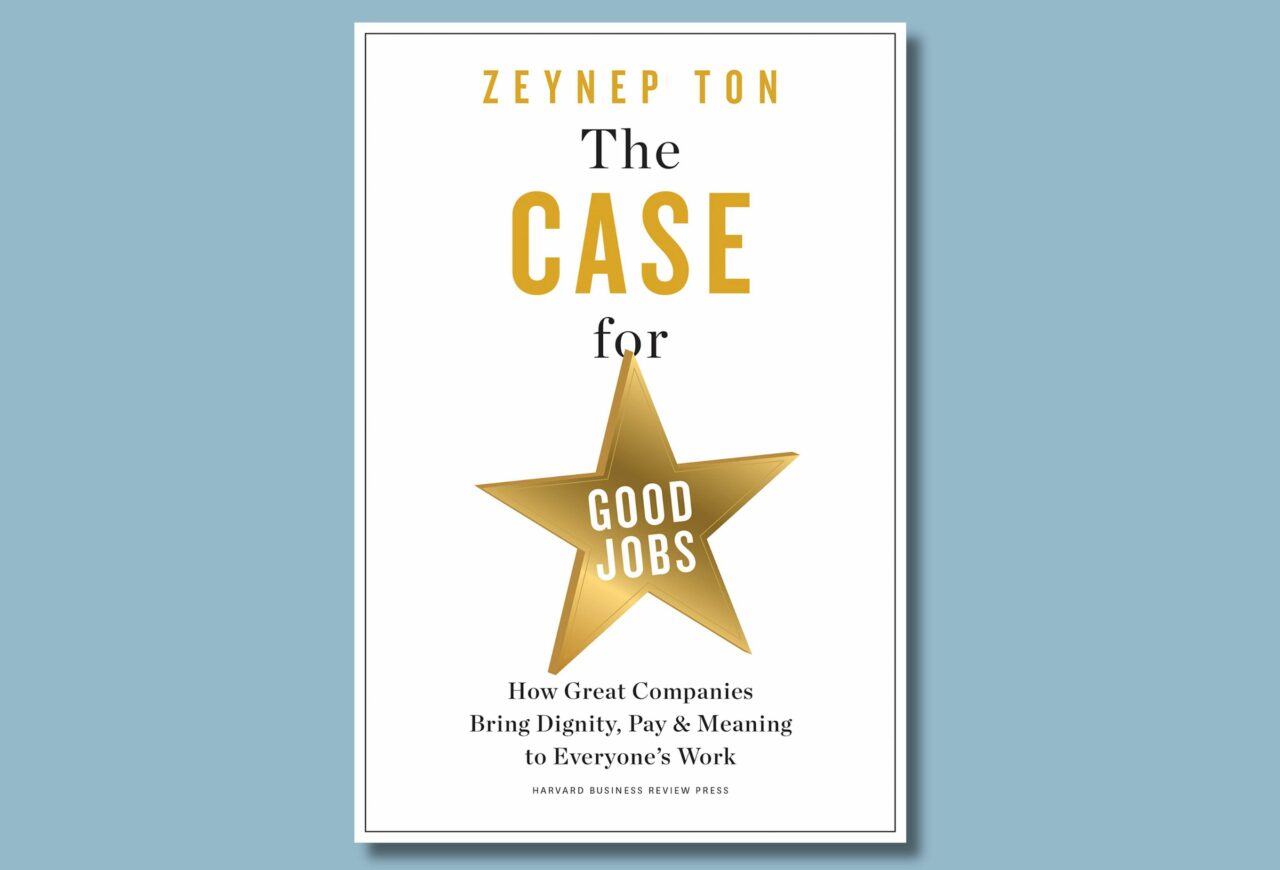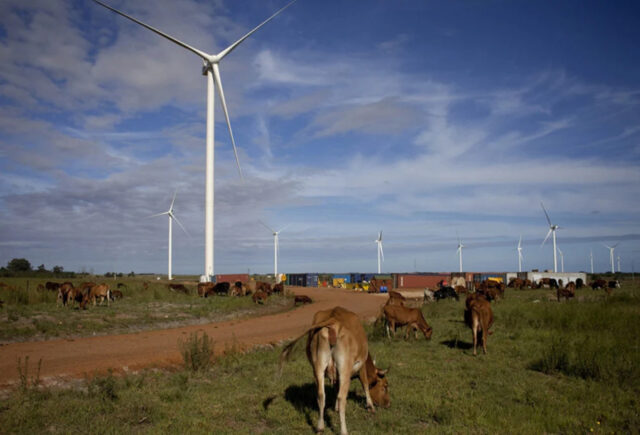Zeynep Ton calls for business leaders to stop seeing employees as a cost to be minimised, and instead recognise they are the ones driving growth and profitability – they are “the gold”.

In brief
- Zeynep Ton pushes back against the management philosophy of Jack Welch, the infamous CEO of GE.
- Existing compensation structures are failing. Even before the pandemic “70% of Americans believed the economic system was rigged against them; 47% believed that capitalism does more harm than good”. Since then, things have worsened.
- The solution is a new approach that recognises employees are not “the picks and shovels”. They are “the gold”.
- Investors have a role in supporting leaders to make the brave choice – to choose the good jobs strategy over the bad one.
Zeynep Ton is a professor at MIT Sloan School of Management, and the co-founder of the non-profit Good Jobs Institute.
She notes how “Jack Welch’s management practices and business philosophy were [once] revered. GE almost made focusing on the core business uncool. Why would you do that when there are easier and faster ways to grow your valuation?”
Noting Welch’s bizarre dismissal of 10% of his workforce every year, she quotes her mentor, professor Kent Bowen: “One day, someone is going to write a book about how much value those GE principles destroyed.”
This is not that book, but it is very much an alternative thesis to Welch. And to his protégés, like Bob Nardelli who “almost killed [Home Depot’s] successful…culture by applying the GE philosophy”. And Jim McNerney, the CEO of Boeing, who oversaw the development of the “disastrous 737 MAX”.
The problem
Post Welch “the prevalent approach relies on seeing employees as a cost to be minimised, investing little in them, and—as a consequence— operating with high employee turnover,” she writes. Companies using this approach operate in a vicious cycle in which their high turnover causes poor operational execution, poor customer service, and low productivity.
Ton documents the damage of that philosophy. In the US, even before the pandemic, 53 million people – 44% of the workforce – worked in jobs for which the median annual pay was just $17,950. “70% of Americans believed the economic system was rigged against them; 47% believed that capitalism does more harm than good.”
Since the Pandemic, things have got even worse. From 2020 to 2021, the ratio of CEO pay to median worker pay at the bottom rose from 604-to-1 to 670-to-1. Many leaders seem not to care or even notice. Ton says, “There are real cases of company leaders thinking that the way to help people…is to give them discounts on ski passes.”
Another recent example comes to my mind. MillerKnoll’s CEO, who herself got a $4m bonus, recording a Zoom pep talk telling workers to stop whinging about not getting a bonus, and to go make the company (and her) some money.
Ton’s thesis
The author advocates “seeing employees as a driver of profitability and growth, investing heavily in them, and—as a consequence— operating with low turnover.” Pay employees a lot more per hour, and create more meaning and dignity in the work, and realise they are the ones “face-to-face with the customers— are the ones driving differentiation, growth, and profitability. These employees aren’t the picks and shovels— they’re the gold”.
These two approaches are management choices: the bad jobs strategy or the good jobs strategy.
The author studied four low-cost retailers, Mercadona in Spain, and Trader Joe’s, QuikTrip, and Costco in the US. She found them operating in a virtuous cycle of high investment in employees and high performance. All of them made four operational choices: focus and simplify – stop head office silos constantly tinkering creating an increased and uneven workload in the frontlines; standardise and empower – end the mindset “headquarters thinks, and frontline workers do”; cross-train employees to do both customer-facing and non–customer-facing tasks; and crucially, operate with slack – when employees are seen as a cost to be minimised, mistakes, burnout, and poor customer service are the result.
Investors’ role
This book is mainly aimed at CEOs who have to overcome a lot. The entrenched thinking of HR departments and their obsession with benchmarking, and only paying “market rates”. Making decisions using specious historical data, drawn from a flawed model. What Charlie Munger of Berkshire Hathaway calls “physics envy”. Because “cause-and-effect analysis doesn’t work in complex systems”.
But Ton is writing for investors as well. For business leaders to take their shareholders with them, they in turn must realise this new approach does not mean businesses care less about their investors than the “profit maximisers” do. “They just maintain a different mental model for how to create value for their shareholders.”
She celebrates some innovative investors who “get it”. Charlie Penner at Jana Partners, who understands shareholder activism can mean fighting for the good jobs approach. And the private equity arm of Two Sigma Investments that’s focused on impact investing and has started working with Ton’s team to improve frontline jobs and operations.
Her hope is that “within a few years we will create case studies for other private equity companies showing that they can create value within a reasonable time by improving jobs and operations”.
Over to you.





